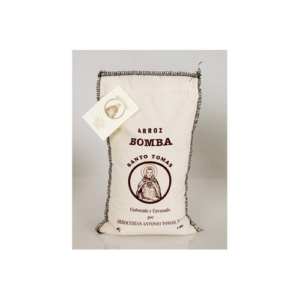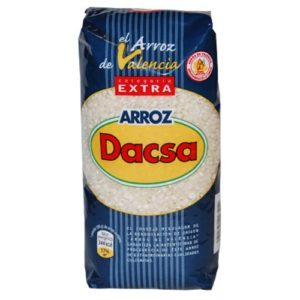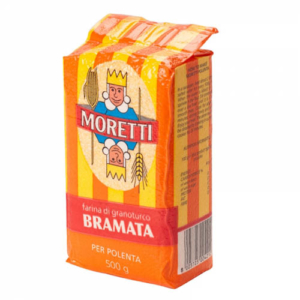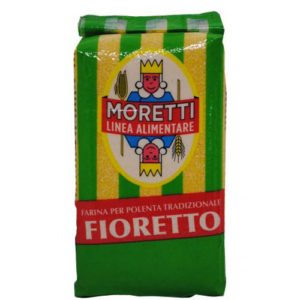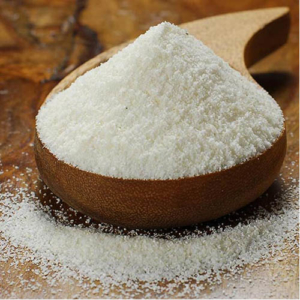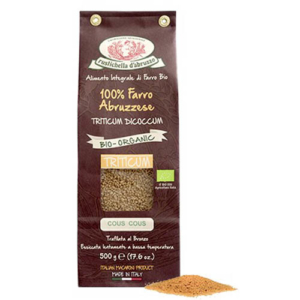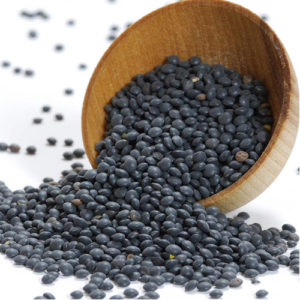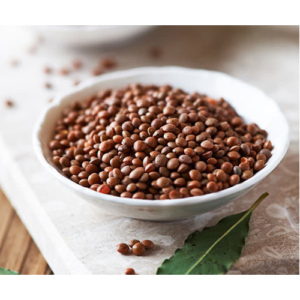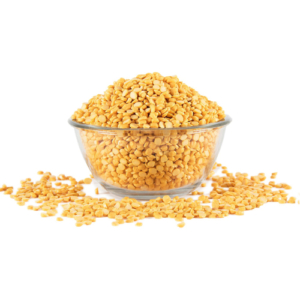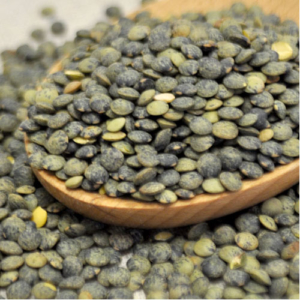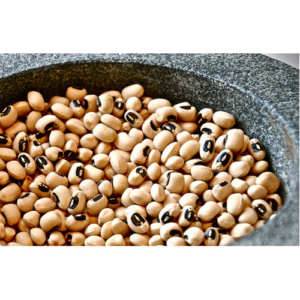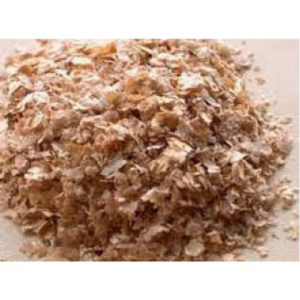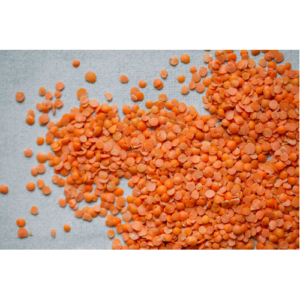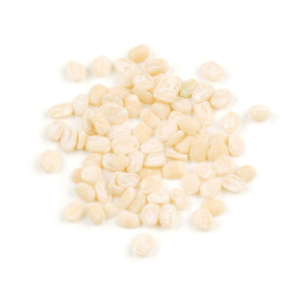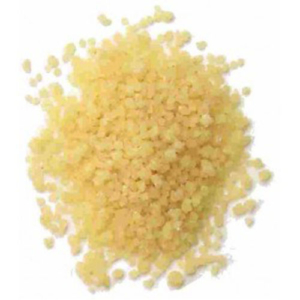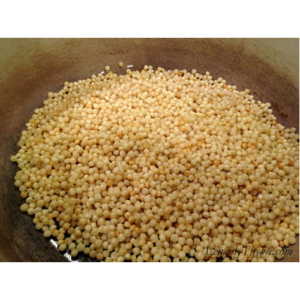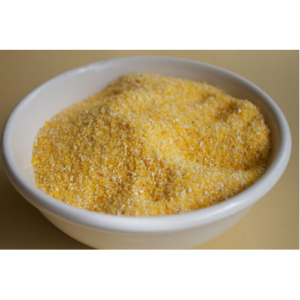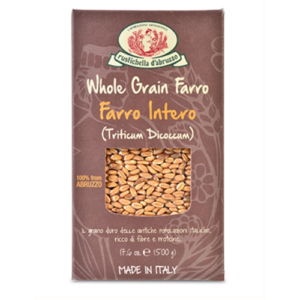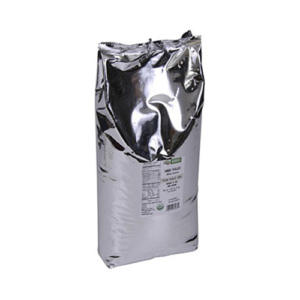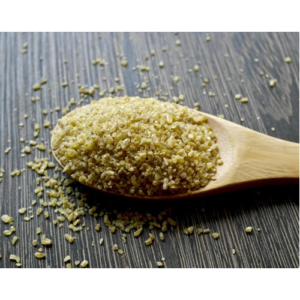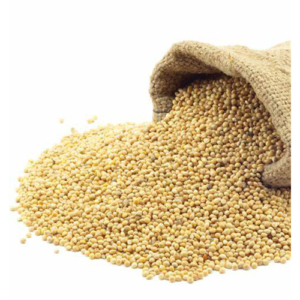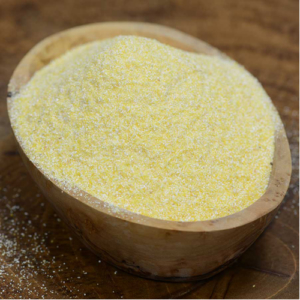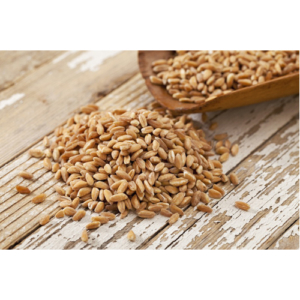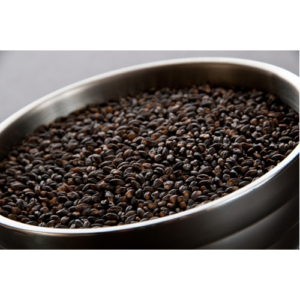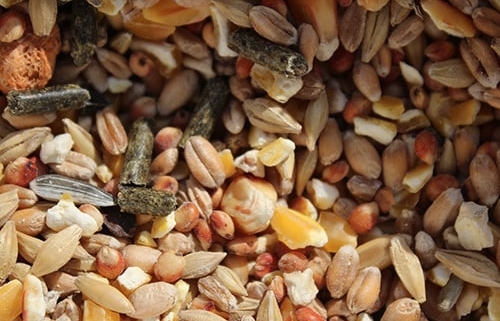
- Display 24 Products per page
-
BOMBA RICE
It is a short grain variety with a pearled color. Its size is equivalent to that of the short grain rice, sometimes even smaller, yet Bomba rice more than doubles its size when cooked. Its main characteristic is its great capacity to absorb flavors and aromas and that when cooked it is always “al dente,” loose and whole.
-
DASCA, VALENCIAN PAELLA RICE
The traditional Valencia rice, round short grain ‘Paella Rice’from Valencia (used to make paella). It is characterized by its great capacity of absorption and the creamy texture of the grain after being cooked. A perfect choice for typical Mediterranean dishes as rissoto, rice dishes.
-
MORETTI, BRAMATA POLENTA (COARSE YELLOW)
The Moretti family has been growing corn and making choice polenta since 1922. Carefully selected varieties of corn are air-dried in open barns until hardened. The kernels are carefully stone ground and packed in air-tight seal bricks to retain their natural freshness and superior flavor.
-
MORETTI, FIORETTO POLENTA (FINE YELLOW)
Imported Italian Polenta. In the Lombardia region, the Moretti family has been attentively growing corn and making choice polenta since 1922. Carefully selected varieties of corn are air-dried in open barns until hardened. The kernels are carefully stone ground and vacuum-packed to retain the cornmeal’s natural freshness and flavor.
-
COARSE WHITE POLENTA
Polenta can be made from white or yellow cornmeal (the most common) and the taste is fairly similar. However, the texture can vary from coarse or finely-ground and the preference is purely personal. A finely-ground white polenta would usually be served with fish, while a coarse yellow polenta would complement a dish of hearty game or meat.
-
RUSTICHELLA, FARRO COUS COUS
Farro has seen a surge in popularity thanks to its excellent taste and adaptability. Now in couscous form, the nutty flavor and delightful chewy texture enhances a range of dishes from meat ragu to seafood stew, or even eaten simply drizzled with extra virgin olive oil. Because it is easily digested and low in gluten, farro can often be eaten by people who are normally gluten-intolerant.
-
BLACK LENTILS
Black Lentils are a very popular legume in South Asia, they are used to make a beautiful black lentil soup. Black Beluga Lentils are 1/2 cm. wide with a mild, earthly flavor and soft texture. This tiny lens shaped pulse has traditionally been used as a meat substitute (A pulse is the dried seed of any legume, such as beans and peas). Lentils are the seed of a small shrub and are dried after harvesting.
Suggested Use:The quick cooking and nutritious nature of lentils make them an obvious choice for winter soups. They’re delicious in chilled vegetable salads, or mix with bread crumbs, minced onion and garlic to stuff roasted red peppers or eggplant.
Basic Prep:Lentils do not require soaking. Simmer 1 cup lentils with 4 cups water 12 minutes for salads, 20 to 30 minutes for main dishes, drain. Skim the water while cooking. One cup dry yields 2 cups cooked.
-
BROWN LENTILS
Spanish Pardina Lentils(Lens esculenta) have been eaten for over 8000 years. Lentils originated in Southwestern Asia along the Indus River. They are a staple food for many South Asian cultures. The Latin word for lentil, lens, was used in the 17th century to describe eye glasses. This is because of the similarity in shape between the legume and an eyeglass lens. Lentils are the seed of a small shrub. Lentils do not require soaking. Simmer 1 cup lentils with 4 cups water 12 minutes for salads, 20 to 25 minutes for main dishes. Skim the water while cooking, drain. One cup dry yields 2-1/4 cups cooked.
-
CHANA DAL PEAS
Chana Dal (Pisum Sativum) are small peas which are peeled and cut in half. This type of Legume dates from 6000 BCE and have been found buried with Egyptian mummies. They were brought to India by the Greeks and are now an important staple food in South Asia.
Suggested Use:When cooked they lose their shape and are excellent for thickening soups and stews. Typically used with curry, they can be seasoned with many different herbs.
Basic Prep:Rinse 1 cup of dry peas in several changes of cold water, until water runs clear. Cover with unsalted water, bring to boil over medium-high heat, cook for 25-30 minutes until peas are tender but still firm. One cup dry yields 2 cups cooked.
-
FRENCH GREEN LENTILS
French Green Lentils (Lens esculenta) are a hard-to-find Lentil that are a beautiful deep fall green. These lentils contain a seed coat and are 1/2 cm. wide with a mild, earthly flavor. The French Green Lentils texture is a bit firmer than most other lentils and hold their shape well when cooked. This tiny lens shaped pulse has traditionally been used as a meat substitute (a pulse is the dried seed of any legume, such as beans and peas). Lentils are the seed of a small shrub and are dried after harvesting. Lentils have been eaten for over 8000 years and originated in Southwestern Asia along the Indus River. The are a staple food for many South Asian cultures.
-
BLACK EYE PEAS
Black Eyed Peas (Vigna Unguiculata) are related to the Mung Bean. These beans are medium sized cream colored beans with a ‘Black Eye’ on the inner curve of the bean. Black Eyed Peas are about 3/8 long and have a sweet, mild pea-like flavor and firm texture. The Black Eyed Pea absorbs the flavors of a dish very well. Also referred to as a Black Eyed bean, Cow Pea, Field Pea, Tonkin Pea, China Pea, Marble Pea, Brown Eyed Pea, Jerusalem Pea, Black Eyed Suzy and Lobhia.This bean is believed to have originated in Eastern Asia. It was brought to the Americas with the African slave trade. Black Eyed Beans were a staple of many plantation diets. Eaten on New Year’s Day, Black Eyed Beans are thought to bring good luck for the following year.
Suggested Use:This fast cooking legume lends itself to many recipes. It mixes well with a variety of greens, including Okra, Collard and Swiss Chard. Hoppin’ John is a traditional souther recipe using this bean.
Basic Prep:Soak overnight. Rinse and place in a large pot and cover with fresh water. Bring water to a boil for 3 minutes, reduce heat and simmer, covered, for 30-45 minutes until tender. Do not over stir or the soft skins can be damaged. One cup dry yields 2 cups cooked.
-
WHEAT BRAN, ORGANIC
Wheat Bran is an excellent source of natural food fiber. Our unprocessed bran is an excellent source of natural food fiber, and provides a healthy full-bodied texture when added to baked goods or sprinkled over soups, cereals or salads.
-
RED LENTILS
Lentils are one of the healthiest foods because they are low in fat and contain high levels of proteins, fiber, essential amino acids, folate, vitamin B1, iron and minerals. Red Chief Lentils are a pale salmon-colored, lens-shaped legume that are known for their quick-cooking nature and mild, buttery, smooth taste.
-
WHITE LENTILS
Although commonly called Ivory White Lentils, these tiny, ivory-colored discs are not true lentils, but the white center of the Indian staple bean crop black gram (or urad dal). White Lentils have a mild, earthy flavor and soft texture when cooked. They are about 3/16 inch in diameter and are a rich source of protien.
-
COUSCOUS, MOROCCAN/FRENCH
Although frequently considered and eaten as a grain, couscous is a small pasta made from semolina wheat. Most commonly associated with Moroccan cuisine, couscous is enjoyed throughout Africa, the Middle East, and the Mediterranean. Due to its quick preparation and health benefits, the popularity of this dish is quickly growing in other parts of the world as well. Whether it is prepared as sweet or savory, couscous is quick, easy to use, and nutritious. Similar to rice, couscous is as versatile as the dish it is served with or can be easily spiced to suit any recipe.
-
TOASTED ISRAELI COUS COUS
Israeli couscous is also a type of pasta, but consists of granules that are much larger – about the size of small pearls. Made from wheat flour and semolina, Israeli couscous has a ball-like shape and is toasted, rather than dried, after the granules are formed. This process gives Israeli couscous a nuttier flavor and chewy bite that adds an unexpected touch to regional recipes.
-
COARSE POLENTA
Polenta is a popular food dish that has long been common in Italian and other European cuisine, but has recently gained attention in the United States as well. It is made from ground cornmeal, which is then boiled in water to create a porridge-like substance.
-
FARRO, WHOLE ITALIAN
Farro is an unhybridized ancestor of modern wheat. It has a hearty, nutty flavor and has been grown throughout Europe for centuries. Today, with renewed interest in traditional and organic foods, farro is featured on the menus of many of the best restaurants in Italy and is rapidly gaining popularity in the United States. Farro is a cereal grain. Unlike wheat, the farro husk adheres to the grain, just as in barley and oats. Its fiber content is therefore high and so are its nutrients. Vitamin E, an antioxidant important to health and disease resistance, is prevalent in farro. Protein content is high also and when combined with legumes, it forms a complete protein source.
-
AGRIBOSCO FARRO, ORGANIC
First cultivated in the ancient fields of Babylon, the rustic grain farro is now a central cereal grain for chefs. Del Destino Italian Semi-Pearled Farro is certified USDA organic and has a forgiving, fibrous texture that boasts a complex, nutty taste offering hints of oat and barley. Farro is the ideal alternative to rice in applications like risotto and soups.
-
BULGUR WHEAT
Bulgur is made by soaking cooked whole wheat kernels (berries) which are then dried and part of the bran is removed. The remaining pieces are cracked into small pieces. Bulgar can be cooked and served as a grain or used in breads, soups, and even desserts.
-
HULLED MILLET
Hulled Millet is an excellent nutritional food source for emergency preparedness. Millet has a mildly sweet, nut-like flavor that contains loads of beneficial nutrients, including protein, fiber and B-complex vitamins. It is also particularly high in iron, magnesium, phosphorous, and potassium. Millet is highly nutritious, non-glutinous and is not an acid forming food, so it is soothing and easy to digest. In fact, it is considered to be one of the least allergenic and most digestible grains available.
-
FINE POLENTA
Corn is the only grain whose origin can be traced to the Americas. When Christopher Columbus landed in modern day Cuba some of his crew went inland and came across maize. Corn was then brought back to Europe. In Italy Corn is most often served as Polenta. This dish comes from the Lombardy and Veneto regions of Italy. Polenta can carry many different flavors and is a filling, nutritious dish. Fine Polenta has a slightly less coarse grind than traditional Polenta and has a shorter cooking time.
-
HULLED BARLEY
Barley was one of the first crops cultivated by man, and has been used as a food since Biblical times. Today, barley is still considered an excellent source of soluble fiber. With a higher beta-glucan content than oats, barley can be effective in lowering serum cholesterol levels. Barley also contains fiber, protein, carbohydrates and B vitamins. It’s low in fat and has no cholesterol. Although pearled barley is commonly used in soups, barley can be milled into various fractions, producing different cuts, pearls, flours, grits and flakes.
-
BLACK BARLEY
Black Barley is also known as Purple Hull-less Barley. Originally from Ethiopia, this variety has not been raised until recently because of the low yield. This is actually the only grain that can go from field to table without being processed, because the gloom or bran layer stays attached to the kernel, and is edible.
Suggested Use:The shape of this hearty grain resembles a coffee bean and cooks to a glossy purplish-mahagony color. It is wonderful in soups and stuffings or alone as a beautiful alternative to rice (Because of a somewhat chewy texture, it is best mixed with other grains.)
Basic Prep:Rinse well, add 1 cup of barley to 3 cups of boiling water. Simmer covered 35-40 minutes until liquid is absorbed. For a fluffier grain, soak Barley in water for 5 hours then simmer covered for 15 minutes. One cup dry yields 3-1/2 to 4 cups cooked.

